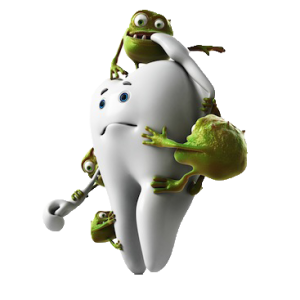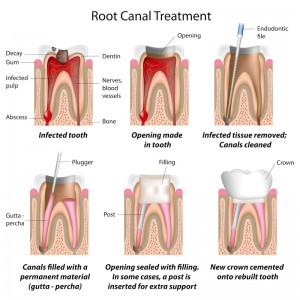What are cavities?
Cavities: The most common disease in childhood
 If someone were to ask you what the most common chronic illness in children is, what would you say? Asthma? Ear infections? Diabetes? Well, the answer may surprise you. Tooth decay is actually the most common chronic illness or condition currently affecting our young children. The American Academy of Pediatric Dentistry (AAPD) reports that 60% of children experience cavities by the age of 5. Most parents have heard of cavities but here are some important facts that you may not know about this condition that affects at least 4 million of our preschoolers.
If someone were to ask you what the most common chronic illness in children is, what would you say? Asthma? Ear infections? Diabetes? Well, the answer may surprise you. Tooth decay is actually the most common chronic illness or condition currently affecting our young children. The American Academy of Pediatric Dentistry (AAPD) reports that 60% of children experience cavities by the age of 5. Most parents have heard of cavities but here are some important facts that you may not know about this condition that affects at least 4 million of our preschoolers.
We give cavities to our children
Where do these cavities come from? The unfortunate truth is that most of the time it comes from us, the parents. Cavities are caused by bacteria found in the mouth. While sticking to our teeth, these bacteria feed on the sugar from our diets and produce acid that forms small holes, or “cavities”, in our teeth. When we are born we do not have these cavity-producing bacteria in our mouth but often acquire it from our caregivers. Research has shown that the majority of children acquire these bacteria from their mothers. Ever tasted your child’s food with a spoon to make sure it wasn’t too hot, then proceeded to use the same spoon to feed them? Well in doing so you are actually sharing more than food, you are sharing those aforementioned bacteria. It is because of this that children whose parents have had a large number of cavities are at a higher risk of tooth decay and also the reason why we want to minimize activities (like the sharing of utensils) that can spread cavities from one family member to another.
Cavities are not isolated to one tooth, they can cause other problems
What’s the big deal with cavities anyway? Most parents recognize the fact that cavities are undesirable but some may be tempted to dismiss them as being unimportant, especially if they are “just on baby teeth.” What research has continued to show us is that all areas of the body are connected and problems or infections in one area can have detrimental effects on other areas of the body. In addition, untreated decay can lead to pain, infection, and early loss of teeth, which can affect the function and spacing of adult teeth. Cavities in primary (baby) teeth also increase the risk of future cavities in other primary and permanent (adult) teeth. Many parents also fail to realize that most children don’t loose their last baby teeth until they are around 12 years old (better tell the tooth fairy to save up, that’s a lot of years of losing teeth).
Cavites can and should be treated

What if my child already has cavities? Once a child has a cavity there are many ways to treat the tooth. Depending on the size of the cavity, treatment may range from a small tooth colored filling to a pulpotomy (baby tooth root canal) and crown or even extraction. It is usually best to treat the cavity early, as the treatment is often more conservative. The larger the cavity gets the greater the chances are that it may begin to cause pain or need more extensive restorative treatment.
Prevention of cavities is the best treatment
Although these are effective ways to treat cavities, the old adage rings true that an ounce of prevention is worth a pound of cure. The best way to “deal” with cavities is to avoid getting them in the first place. Some of the most effective ways to prevent cavities is proper oral hygiene including brushing with fluoride toothpaste and flossing in order to clean the areas between teeth that the toothbrush can’t reach. Proper diet is also a key to avoiding those nasty cavities. So-called “high-risk” dietary practices are usually established as early as 12 months. These diets, which are high in carbohydrates (think crackers, juices, sports drinks, and sweets), provide plenty of sugar to feed those cavity-forming bacteria. Other preventive measure like sealants (a protective covering to seal out bacteria from deep grooves in the biting surface of the teeth) also help lower the risk of tooth decay. Studies show that children with properly placed sealants are 72% less likely to need restorative dental treatment when compared to children without sealants.
You and the dentist can help maintain your child’s oral health
So what’s the plan? In order to help keep our children from experiencing the negative repercussions of tooth decay, it is important to be involved. This includes making sure we keep an eye on what they’re eating and drinking, helping them clean their teeth and taking an active role in their oral health. Because of the widespread prevalence of tooth decay, the AAPD recommends that children see a dentist by age one. By forming a relationship with Drs. Rubin and Sentelle early, you become part of a team whose goal is to establish and maintain your child’s oral health and development for years to come.
